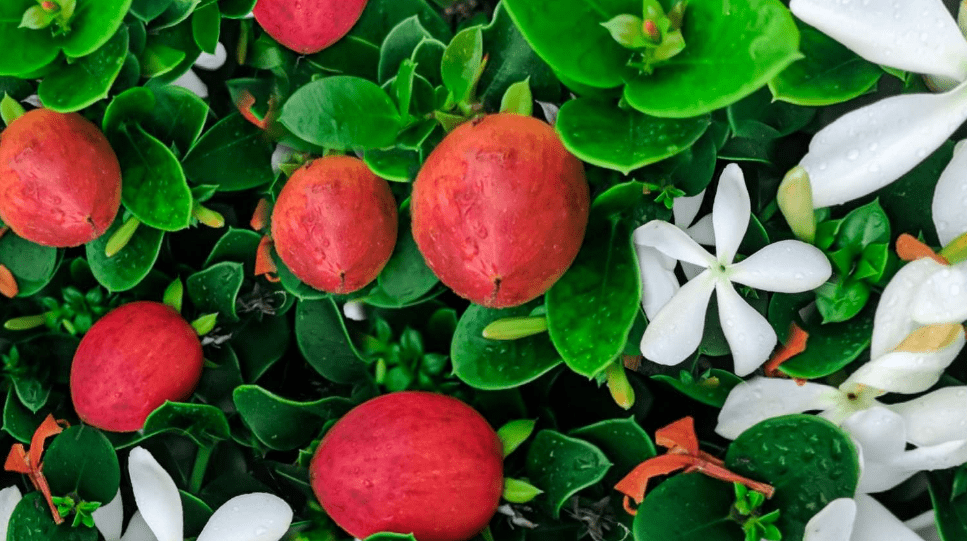
Natal Plum: A Beautiful Addition to Your Landscape
Natal Plum, also known as Carissa macrocarpa, is a stunning addition to any landscape. Its glossy green leaves, delicate white flowers, and vibrant red fruits make it a beautiful and eye-catching plant to incorporate into your outdoor space. Not only does Natal Plum add visual appeal, but it also offers practical benefits such as low maintenance and drought tolerance. In this post, we’ll delve into the various aspects of incorporating Natal Plum into your landscape, including care and maintenance tips, aesthetic appeal, and the potential impact on your outdoor space. Whether you’re a seasoned gardener or a novice, adding Natal Plum to your landscape can elevate the beauty and functionality of your outdoor environment.
Table of Contents
ToggleUnderstanding Natal Plum
A. What is Natal Plum?
Natal Plum tree, also known as Carissa macrocarpa, is a beautiful and versatile plant that can be a stunning addition to any landscape. It features glossy green leaves, delicate white flowers, and vibrant red fruits, making it an eye-catching and visually appealing choice for outdoor spaces. Additionally, Natal Plum is known for its practical benefits, such as low maintenance and drought tolerance, making it a great option for those looking for a beautiful yet easy-to-care-for plant. Whether you’re a seasoned gardener or a novice, Natal Plum can be a great addition to your landscape.
1. Origin and natural habitat.
Natal Plum tree is native to South Africa and is commonly found along the coastal regions and in sandy soils. It typically thrives in hot and dry climates, making it a great option for gardens and landscapes in warmer regions. Its natural habitat includes coastal dunes, rocky outcrops, and scrublands, where it can tolerate salt spray and wind exposure.
2. Common names and varieties.
Natal Plum is also known as Carissa macrocarpa or the Large Num-Num. There are several cultivated varieties of Natal Plum, including ‘Green Carpet’ and ‘Boxwood Beauty,’ which offer different growth habits and leaf colors for gardeners to choose from.
Benefits of Growing Natal Plum
A. Aesthetic Appeal
Natal Plum adds aesthetic appeal to any garden or landscape with its glossy leaves, fragrant flowers, and colorful edible fruits. Its versatility allows it to be used as a hedge, ground cover, or specimen plant, adding visual interest to any outdoor space. Additionally, its thorny branches provide natural security and protection, making it a practical choice for landscaping. Overall, growing Natal Plum can enhance the beauty of a garden while also providing functional benefits.
B. Functional Uses
Natal Plum tree is not only visually appealing but also has functional uses. The fruits of the Natal Plum are edible and have a sweet and tangy flavor, making them suitable for use in jams, jellies, and desserts. They are also high in vitamin C, antioxidants, and fiber, making them a nutritious addition to the diet. Additionally, the plant’s thorny branches can act as a natural barrier, providing security and protection in a garden or landscape. Natal Plum tree is also drought-tolerant and low-maintenance, making it a practical choice for landscaping in dry and arid environments. Overall, growing Natal Plum can provide both visual appeal and functional benefits for gardeners and landscapers.
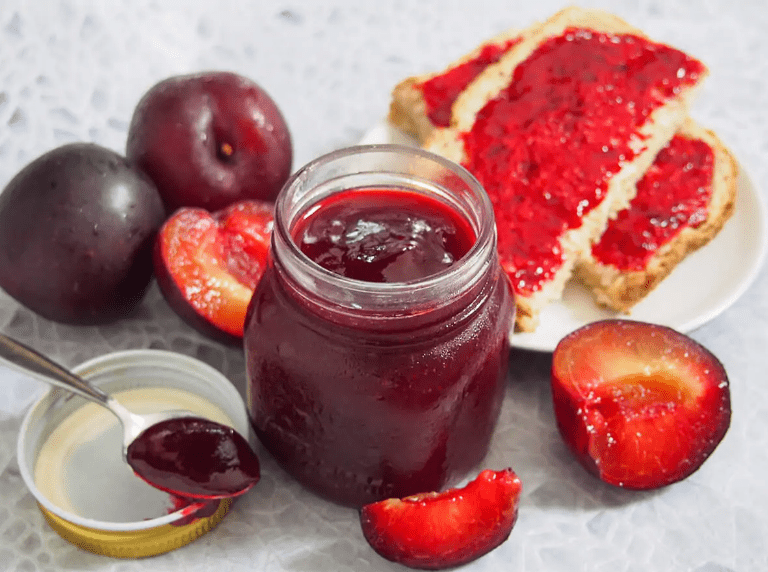
C. Wildlife Attraction
Natal Plum is a great choice for attracting wildlife to your garden or landscape. The flowers of the plant attract bees and butterflies, helping to support pollinators in the area. The fruits are also a source of food for birds and small mammals, making Natal Plum tree a valuable addition to any wildlife-friendly environment. By planting Natal Plum tree, you can create a habitat that supports and sustains a variety of wildlife species, contributing to the overall biodiversity of the area. Additionally, the plant’s thorny branches provide shelter and protection for small animals, further enhancing its role in supporting wildlife. Overall, Natal fruit bush is a great option for those looking to create a vibrant and diverse ecosystem in their outdoor space.
Planting Natal Plum
A. Climate and Soil Requirements
Natal fruit bush thrives in warm, tropical climates and is best suited for USDA hardiness zones 9-11. It prefers well-drained soil and can tolerate a variety of soil types, including sandy, loamy, or clay soils. Additionally, Natal Plum is salt-tolerant, making it a great choice for coastal landscapes. When planting Natal Plum, ensure that it receives full sun to partial shade for optimal growth and fruit production. Overall, Natal fruit bush is a low-maintenance plant that can thrive in a variety of environmental conditions, making it a versatile choice for many different landscapes.
B. Choosing the Right Location
When choosing a location to plant Natal fruit bush, it’s important to consider its climate and soil requirements. Look for a spot that receives full sun to partial shade and has well-drained soil. Additionally, if you live in a coastal area, Carissa shrub is a great choice as it is salt-tolerant. Consider the USDA hardiness zone of your area, as Carissa shrub thrives in zones 9-11. Overall, Carissa fruit is a versatile and low-maintenance plant that can thrive in a variety of environments, making it a great addition to many different landscapes.
C. Propagation Methods
There are a few different methods for propagating Carissa fruit, including seeds, cuttings, and layering. Seeds can take several months to germinate, so if you’re looking for a quicker option, consider taking stem cuttings instead. To do this, simply take a 4-6 inch cutting from a healthy Carissa shrub plant and remove the lower leaves. Dip the cut end in rooting hormone and plant it in a well-draining potting mix. Keep the soil consistently moist and within a few weeks, roots should start to develop. Another option is layering, where you can encourage a stem to produce roots while still attached to the parent plant. Once roots have formed, you can separate the new plant from the parent and plant it in its own pot or location. Regardless of the method you choose, propagation of Carissa fruit is relatively straightforward and can be a rewarding process.
Caring for Natal Plum
A. Watering and Irrigation
Carissa shrub plants prefer to be watered consistently and kept moist, but not waterlogged. It’s important to water them regularly, especially during the growing season, as they are sensitive to drought. However, it’s also important to ensure that the soil has good drainage to prevent waterlogging. Allow the top inch of soil to dry out between waterings to prevent any issues with overwatering. During the winter months, you can reduce the frequency of watering, as the plant is less active during this time. Overall, maintaining consistent moisture levels is key to keeping your Carissa fruit healthy.
B. Fertilization
Natal Plum plants benefit from regular fertilization to support healthy growth and blooming. Use a balanced, slow-release fertilizer formulated for flowering plants. Apply the fertilizer according to the instructions on the package, typically every 4-6 weeks during the growing season. Be sure to water the plant thoroughly after fertilizing to help the nutrients penetrate the soil. Avoid over-fertilizing, as this can lead to excessive foliage growth at the expense of flowers. With proper fertilization, you can ensure that your Carissa fruit plant has the nutrients it needs to thrive and produce beautiful blooms.
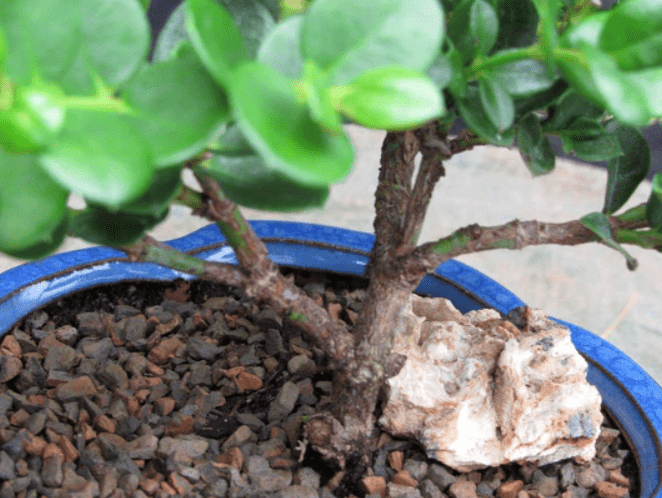
C. Pruning and Maintenance
Pruning and maintenance are important tasks for keeping your Amatungulu plant healthy and looking its best. Regular pruning helps to shape the plant, remove dead or damaged branches, and encourage new growth. Use sharp, clean pruning shears to make clean cuts at a slight angle. Remove any diseased or overcrowded branches to improve air circulation and prevent disease. It’s also important to regularly remove any fallen leaves or debris from around the base of the plant to prevent pests and diseases. With proper pruning and maintenance, you can help your Carissa shrub plant to stay healthy and vibrant.
Dealing with Pests and Diseases
A. Common Pests
Common pests that can affect Amatungulu plants include aphids, whiteflies, and mealybugs. These pests can cause damage to the leaves and stems of the plant, as well as spread diseases. To deal with pests, you can use insecticidal soap or neem oil to effectively control their population. Regularly inspecting your plant for signs of pests and taking action as soon as you notice any can help prevent infestations from getting out of control.
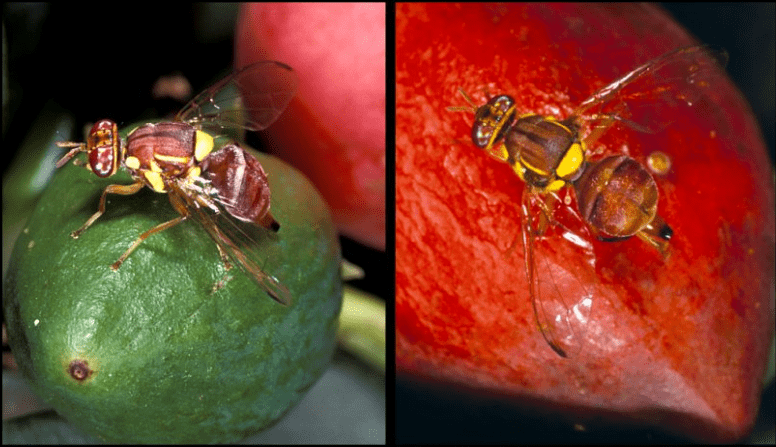
B. Common Diseases
Natal Plum plants are susceptible to fungal diseases such as powdery mildew and root rot, as well as bacterial leaf spot. To prevent and control these diseases, it’s important to avoid overwatering the plant and ensure proper air circulation. If you notice any signs of disease, such as discolored or curled leaves, it’s important to remove and dispose of the affected parts of the plant to prevent the spread of the disease. Applying a fungicide as a preventative measure can also help protect your Amatungulu plant from common diseases. Regularly monitoring your plant for signs of pests and diseases can help keep it healthy and thriving.
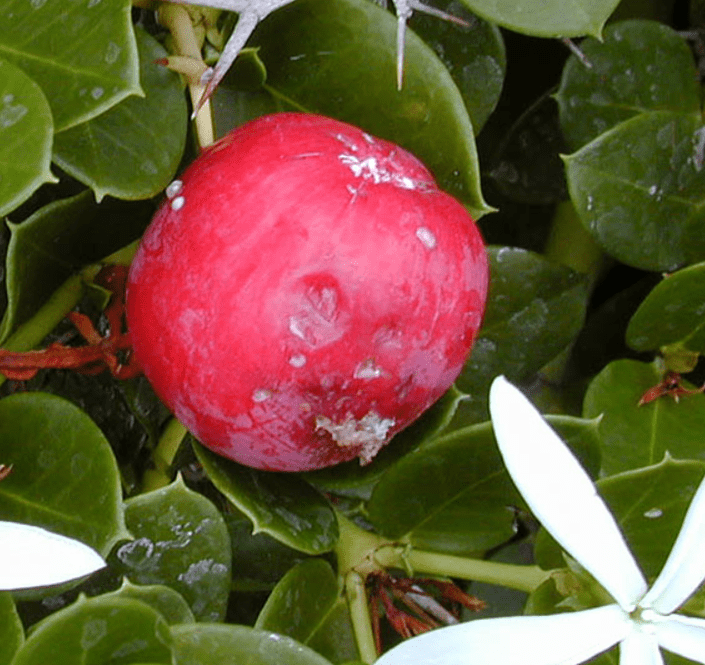
Creative Uses of Natal Plum in Landscape Design
A. Hedging and Screening
Carissa shrub plants are commonly used in landscape design for hedging and screening purposes. Their dense, evergreen foliage and thorny stems make them an effective barrier for creating privacy and security in outdoor spaces. They can be pruned to form a neat and tidy hedge, and their white, star-shaped flowers and edible fruits add ornamental value to the landscape. Amatungulu plants are also drought-tolerant and can thrive in various soil types, making them a versatile choice for landscaping. Whether used as a formal hedge or informal screen, Large Num-num plants can add beauty and functionality to outdoor spaces.
B. Container Gardening
In addition to being used for hedging and screening, Amatungulu plants are also a great choice for container gardening. Their compact size and attractive foliage and flowers make them a popular option for adding visual interest to outdoor patios, balconies, and gardens. They can be placed in decorative containers and positioned in strategic locations to create focal points or fill empty spaces. Large Num-num plants are low-maintenance and can thrive in containers with well-draining soil and regular watering. Their ability to withstand drought and heat also makes them suitable for container gardening in various climates. Whether used alone or in combination with other plants, Large Num-num plants can enhance the beauty of any outdoor space when used in container gardening.
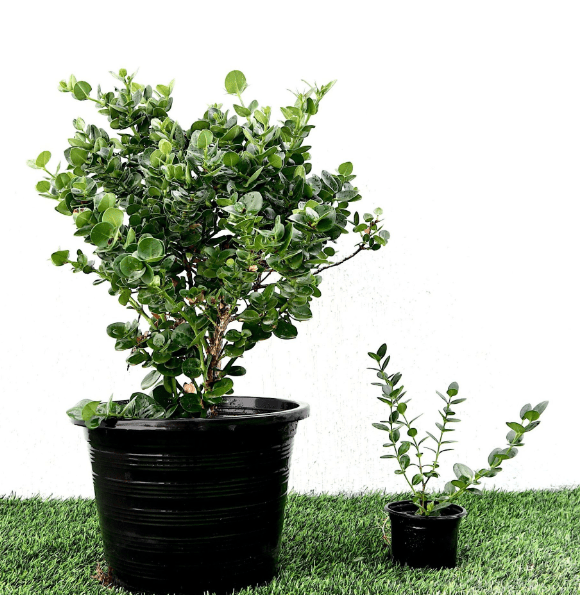
C. Mixed Plantings
Mixed plantings are a great way to create visually appealing and dynamic garden beds or containers. By combining different types of plants with varying colors, textures, and heights, you can create beautiful and diverse displays that are sure to attract attention. When planning mixed plantings, it’s important to consider the sunlight and water requirements of each plant to ensure they will thrive together. You can also mix and match annuals, perennials, and shrubs to create a balanced and long-lasting display. Additionally, incorporating plants with different blooming times can ensure that your mixed plantings provide continuous color and interest throughout the season. Overall, mixed plantings offer endless possibilities for creating stunning and vibrant garden arrangements.
Seasonal Care and Maintenance
A. Seasonal Tasks
When it comes to caring for your garden, it’s important to stay on top of seasonal tasks to keep your plants healthy and thriving. In the spring, tasks may include fertilizing, pruning, and planting new additions to your garden. During the summer, regular watering and weeding are essential, as well as deadheading flowers to encourage continued blooming. In the fall, it’s important to clean up any debris, divide perennials, and prepare for the winter months. Lastly, winter tasks may include protecting delicate plants from frost, and planning for the upcoming spring season. By staying on top of these seasonal tasks, you can ensure that your garden stays in top shape year-round.
B. Harvesting Natal Plum
The Natal Plum is a popular choice for home gardeners due to its delicious fruit. When it comes to harvesting Large Num-num, it’s important to wait until the fruit is fully ripe. This is typically when the fruit turns a deep red or purple color and has a slightly soft texture. To harvest the fruit, simply pluck it from the plant, being careful not to damage the surrounding branches or stems. The fruit can be eaten fresh or used in a variety of recipes, such as jams, jellies, and desserts. It’s best to harvest Large Num-num in the late summer or early fall when the fruit is at its peak ripeness. With proper care and maintenance, you can enjoy a bountiful harvest of delicious Natal Plum fruit.
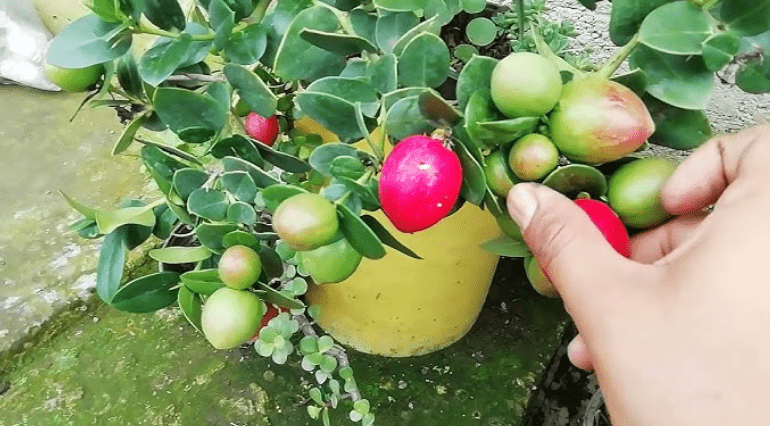
In conclusion, adding Natal Plum to your landscape can bring a touch of beauty and elegance to your outdoor space. Its glossy green leaves, fragrant white flowers, and edible red fruit make it a versatile and visually appealing addition to any garden. With proper care and maintenance, Natal Plum can thrive and enhance the overall aesthetic of your landscape. Whether you’re looking to add a pop of color or attract wildlife to your garden, Natal Plum is a beautiful choice for any outdoor setting.
Frequently Asked Questions (FAQs)
The Natal Plum is a beautiful evergreen shrub native to South Africa. It is known for its glossy green leaves, fragrant white flowers, and edible red fruits.
Natal Plum can grow up to 6-8 feet tall and wide, making it a great choice for hedges, borders, or as a standalone ornamental plant.
Natal Plum prefers full sun and well-drained soil. It is drought-tolerant once established and requires minimal maintenance. Pruning can be done to maintain its desired shape.
Yes, the fruits of the Natal Plum are edible and have a sweet and tangy flavor. They can be used to make jams, jellies, or eaten fresh.
Absolutely! The Natal Plum is a versatile and beautiful addition to any landscape. Its glossy foliage, fragrant flowers, and edible fruits make it a standout choice for both aesthetic and practical purposes.
Yes, the Natal Plum is tolerant of a wide range of temperatures, including mild frost. It can thrive in both coastal and inland climates.
While the Natal Plum is drought-tolerant, it is best to water it regularly, especially during the growing season. Once established, it can withstand periods of drought.
Yes, Natal Plum can be grown in a container, making it a great option for those with limited garden space. Just make sure the container has good drainage and provide regular care and maintenance.
